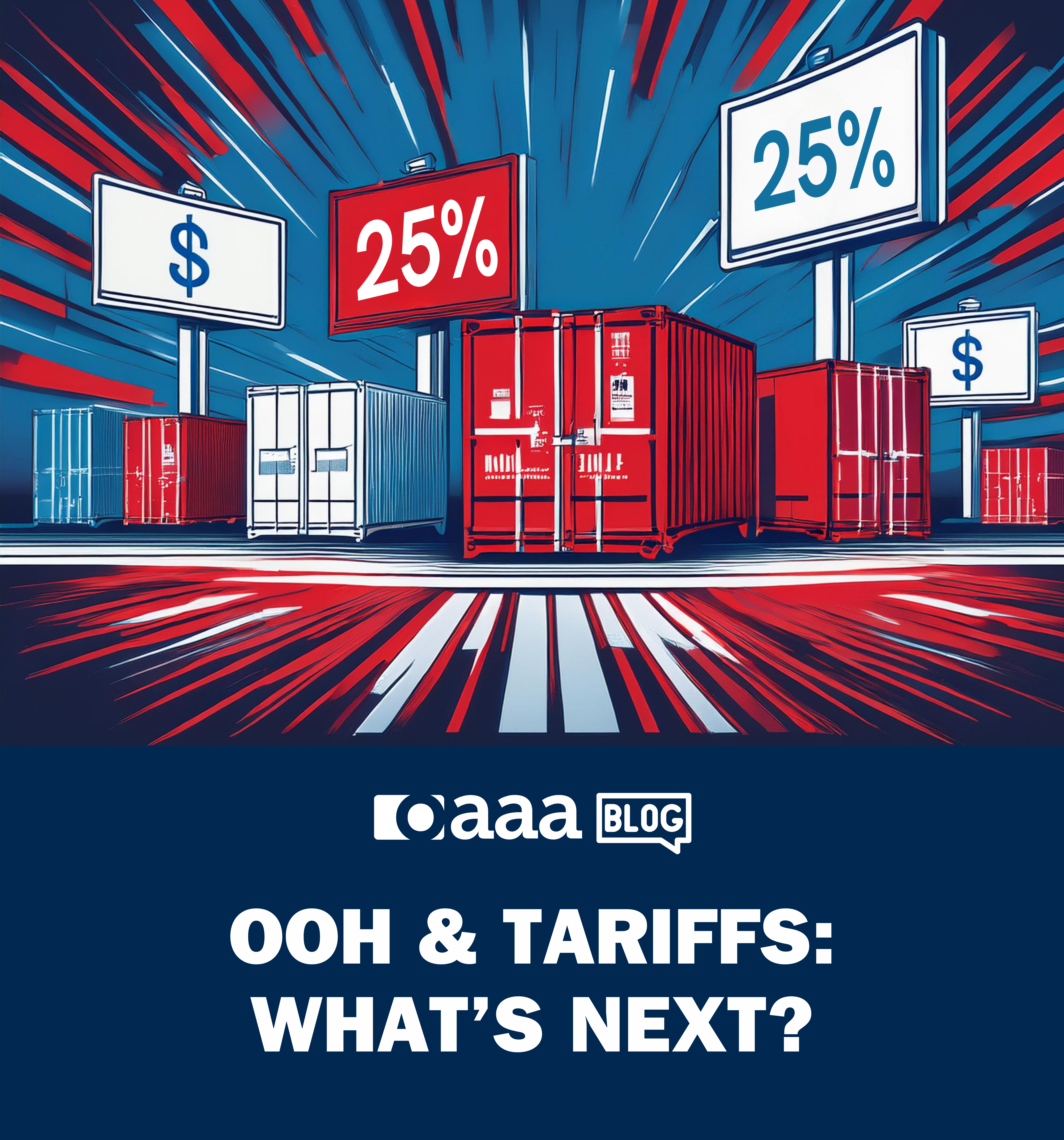
By Mike Hershey, EVP, Government Affairs
National news last week sent a ripple of uncertainty across various segments of our economy – the Trump Administration’s announcement of a 25% tariff on all goods from Canada and Mexico.
This week, another trade news drop – a 25% tariff on all imported steel and aluminum, also affecting those two countries and others.
The President’s use of emergency national security measures happened quickly, as did the reaction from the Canadian and Mexican governments. Soon after the first announcement, tariffs were paused for 30 days following an agreement by Canada and Mexico to address areas of concern raised by the Trump Administration, namely border security and drug trafficking.
A natural reaction from stakeholders, particularly those in OOH, is to question the short- and long-term impact of these actions on business operations, expenses, and consumer behavior. Assessing these impacts will take time.
As this continues to unfold, here are some things we will be watching:
- U.S. Supreme Court – The authority under which tariffs were imposed, the International Emergency Economic Powers Act, is the same authority relied on by the Biden Administration for such actions as federal student loan forgiveness. A 2023 U.S. Supreme Court case reviewed the use of this presidential authority, striking down the Biden initiative in a 6-3 decision.
- Executive Branch – In addition to the President, an Administration’s trade policy team typically consists of the U.S. Trade Representative, the U.S. Treasury Secretary, the U.S. Commerce Secretary, and senior economic advisors. Many of these positions have only recently been confirmed or are still under Senate consideration.
- Congress – Tariff authority is usually delegated to the executive branch through individual trade agreements. Congressional committees will likely review the use of the Act to impose the tariffs, and while many in Congress have been deferential so far, others have suggested they will challenge them legislatively.
Where this lands at the end of the 30-day pause, and beyond, is unknown. Equally uncertain is how countries will respond to the steel and aluminum tariffs. Along the way, we will continue to track developments as the President announces next steps, trade policy officials settle into their roles, and Congress exercises oversight.
Published: February 11, 2025